The Thermoplastic Pipe Market is currently characterized by a dynamic competitive landscape, driven by increasing demand for lightweight, durable, and corrosion-resistant piping solutions across various sectors, including construction, agriculture, and water management. Key players such as Georg Fischer (CH), Wavin (NL), and Advanced Drainage Systems (US) are strategically positioning themselves through innovation and regional expansion. For instance, Georg Fischer (CH) has focused on enhancing its product portfolio with advanced materials, while Wavin (NL) emphasizes sustainability in its operations, aligning with global environmental goals. These strategies collectively shape a competitive environment that is increasingly focused on technological advancements and sustainability initiatives.
In terms of business tactics, companies are localizing manufacturing to reduce lead times and optimize supply chains, which appears to be a critical factor in maintaining competitiveness. The market structure is moderately fragmented, with several players vying for market share, yet the influence of major companies is significant. This competitive structure allows for a diverse range of products and innovations, fostering a healthy environment for growth and development.
In August 2025, Advanced Drainage Systems (US) announced the acquisition of a regional competitor, which is expected to enhance its market presence and operational capabilities. This strategic move not only consolidates its position in the market but also allows for the integration of new technologies and expertise, potentially leading to improved product offerings and customer service. Such acquisitions are indicative of a trend where companies seek to bolster their competitive edge through strategic growth initiatives.
In July 2025, Wavin (NL) launched a new line of eco-friendly thermoplastic pipes designed to reduce carbon emissions during production. This initiative underscores the company's commitment to sustainability and positions it favorably in a market increasingly driven by environmental considerations. The introduction of such products may attract environmentally conscious consumers and businesses, thereby enhancing Wavin's market share and brand reputation.
In September 2025, Georg Fischer (CH) unveiled a digital platform aimed at optimizing the supply chain for its thermoplastic pipe products. This platform is designed to enhance transparency and efficiency, allowing customers to track their orders in real-time. The integration of digital solutions into traditional manufacturing processes reflects a broader trend towards digitalization in the industry, which is likely to redefine customer engagement and operational efficiency.
As of October 2025, the competitive trends in the Thermoplastic Pipe Market are increasingly influenced by digitalization, sustainability, and the integration of advanced technologies such as AI. Strategic alliances are becoming more prevalent, as companies recognize the value of collaboration in enhancing innovation and market reach. Looking ahead, competitive differentiation is expected to evolve from traditional price-based competition to a focus on innovation, technological advancements, and supply chain reliability, suggesting a transformative shift in how companies position themselves in the market.


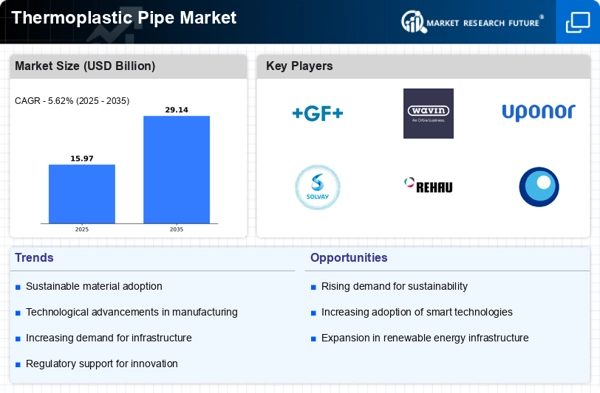
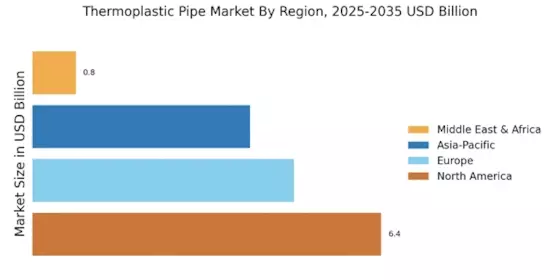
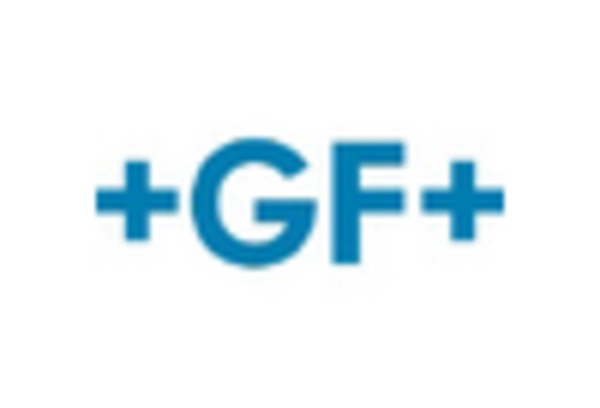

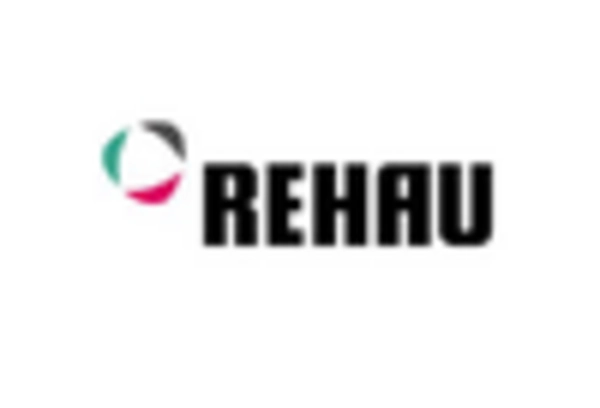
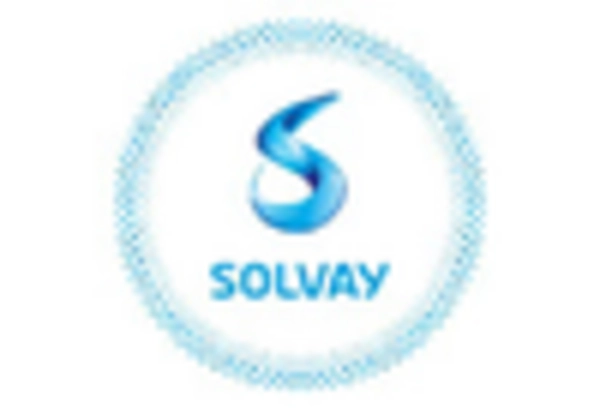










Leave a Comment